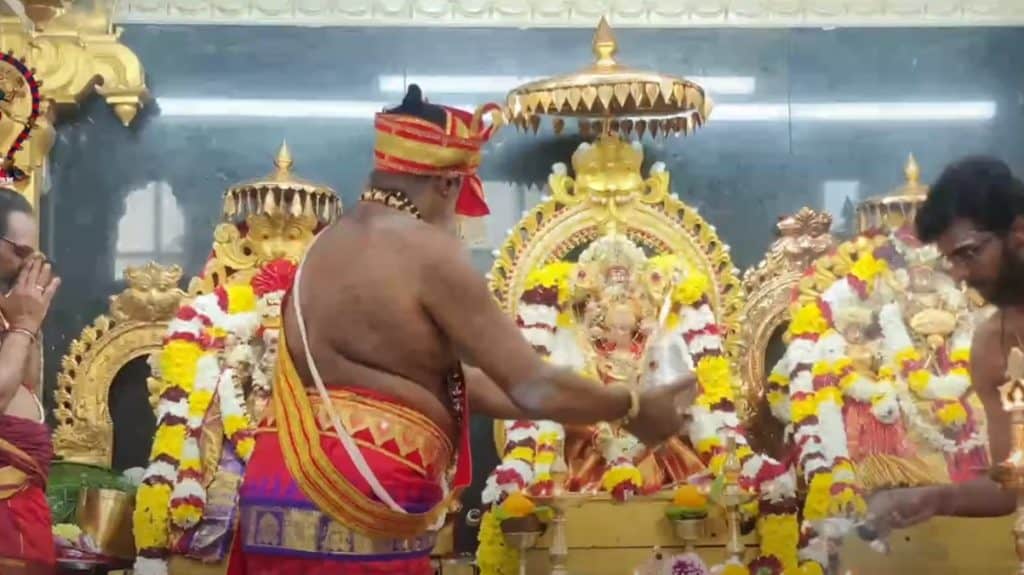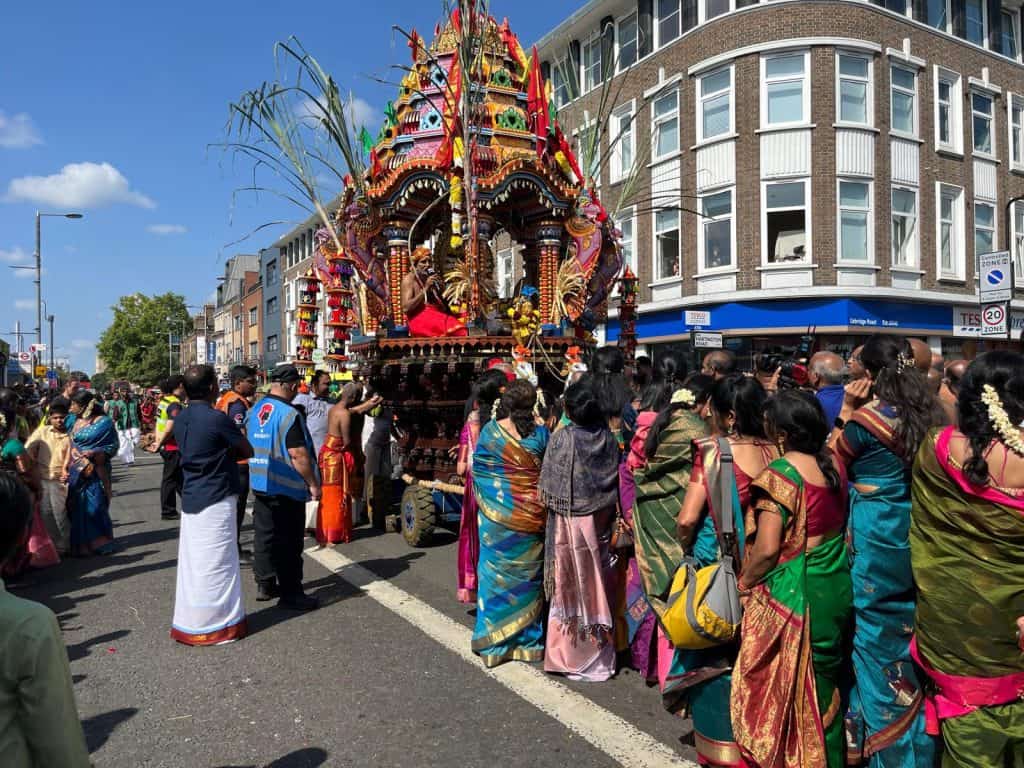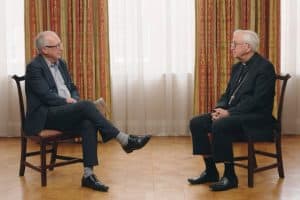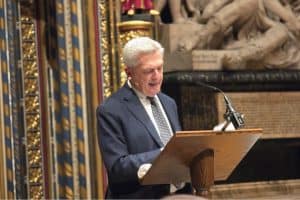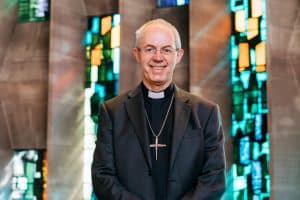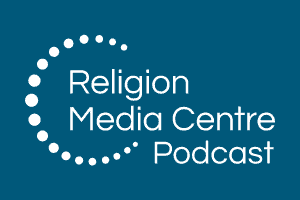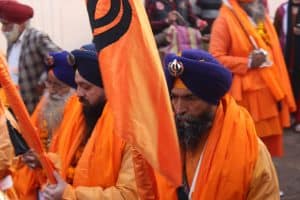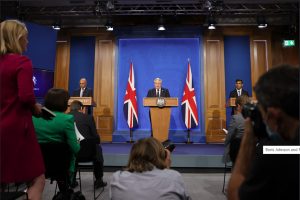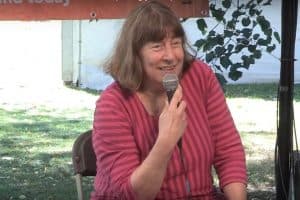By Catherine Pepinster
Chariots covered in flowers, dancers, drummers and intricate rituals attracted thousands of people to West London on Sunday for a Hindu festival that has become a landmark event in the capital in August.
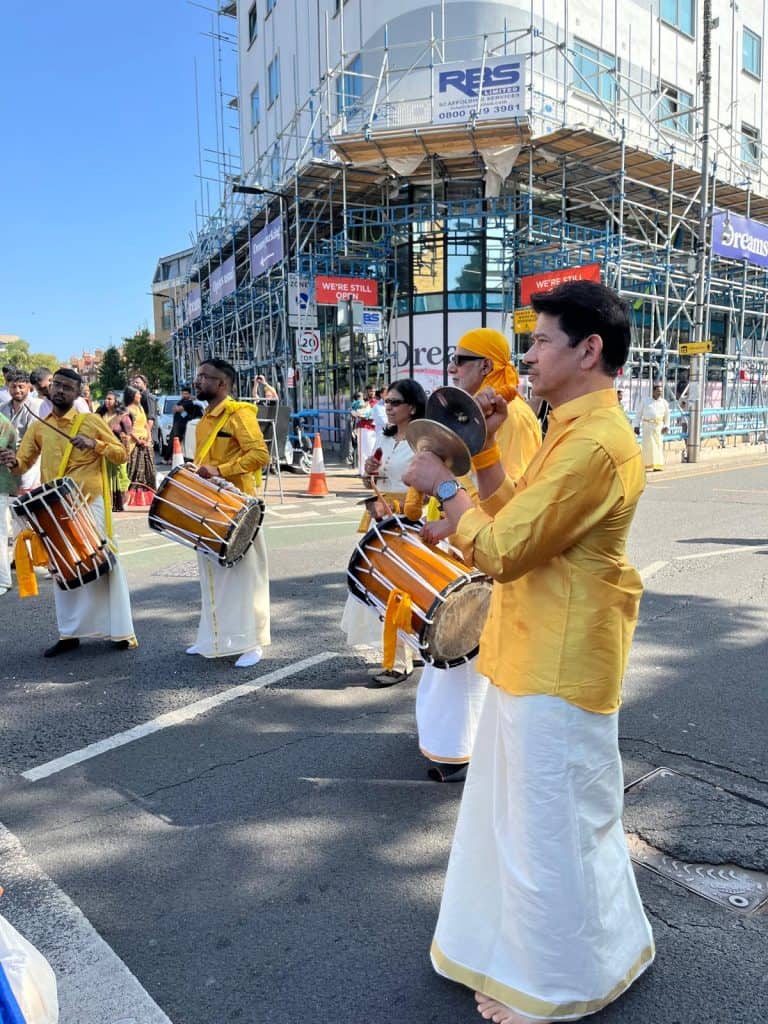
The chariot procession, organised by the Shri Kanaga Thurkkai Amman temple in Ealing, drew huge crowds of Hindu pilgrims from across Europe to take part in the festivities, which were also watched by hundreds of local people drawn to the spectacular parade, its dancing and drumming.
The Hindu chariot festival, also known as Rath Yatra, (chariot procession), honours a trinity of three deities – Lord Jagannath, an incarnation of Lord Vishnu; his elder brother Lord Balabhadra, also known as Balarama and worshipped as Shiva; and his younger sister Devi Subhadra.
It’s seen as a way to demonstrate reverence to and affection for the deities, and to illustrate their closeness to people.
The most famous Rath Yatra takes place in Puri, India, and this year was celebrated in June, when millions lined the route of the procession between two temples. There are other such festivals celebrated throughout the UK.

In Ealing, the parade was held yesterday and began and ended at the Shri Kanaga Thurkkai Amman temple, whose worship follows South Indian and Sri Lankan traditions. As well as festivals, the temple holds cultural activities, education programmes for children and adults and space for contemplation in a meditation hall, and it has raised funds for needy children in South India and Sri Lanka.
The procession took a circular route through the streets, and as it wound its way around the town, the devotional songs, with drums and dancing created a vibrant atmosphere.
It was led by women carrying pots of milk on their heads, to be laid before the gods at the temple.
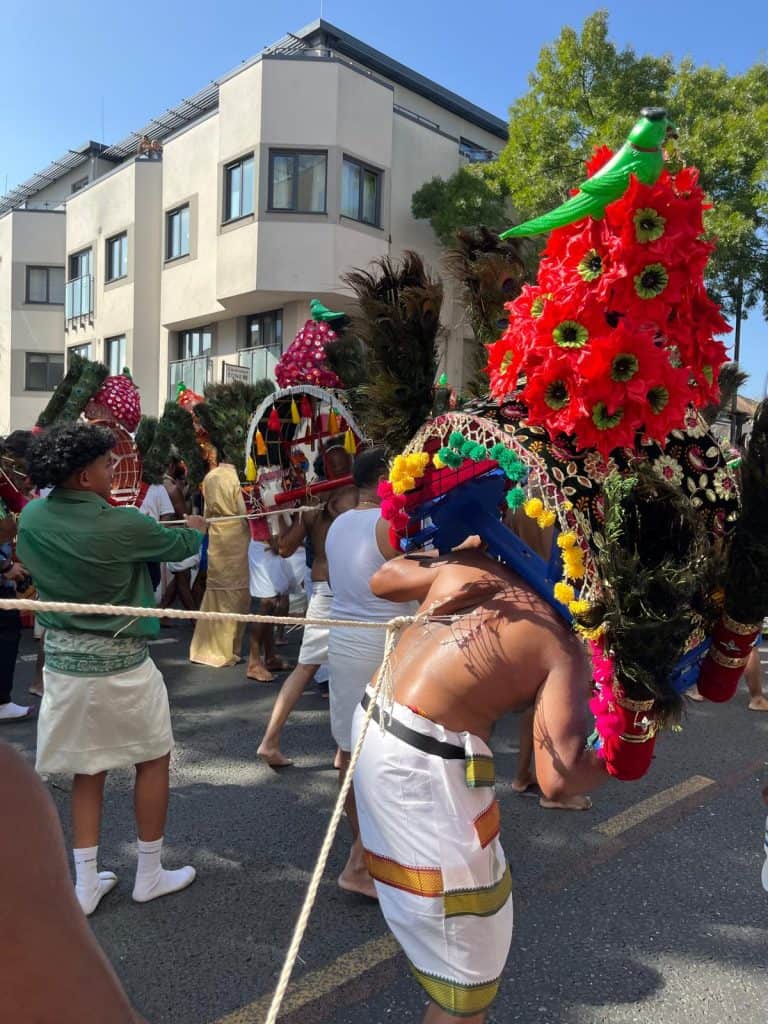
They were followed by men wearing headdresses to signify the peacock, which serves as the “mount”, an animal carrying the identity of a deity, of the Hindu god Murugan. the Hindu god Murugan. The headdresses were attached to the men’s bodies by ropes, literally stitched into their backs and then pulled along by assistants. The procedure drew blood, but the pain was said to last just five minutes.
The men, as well as those wearing other taller headdresses and containers with milk, were regularly drenched with water to keep them cool in the stifling heat.
The highlight of the procession, though, were the chariots, covered in flowers and containing images of the gods.
Supplicants rushed to the chariots to ask assistants riding them for tokens which signified the gods would give them blessings. The tokens included gifts of grasses, flowers and dried cow dung.
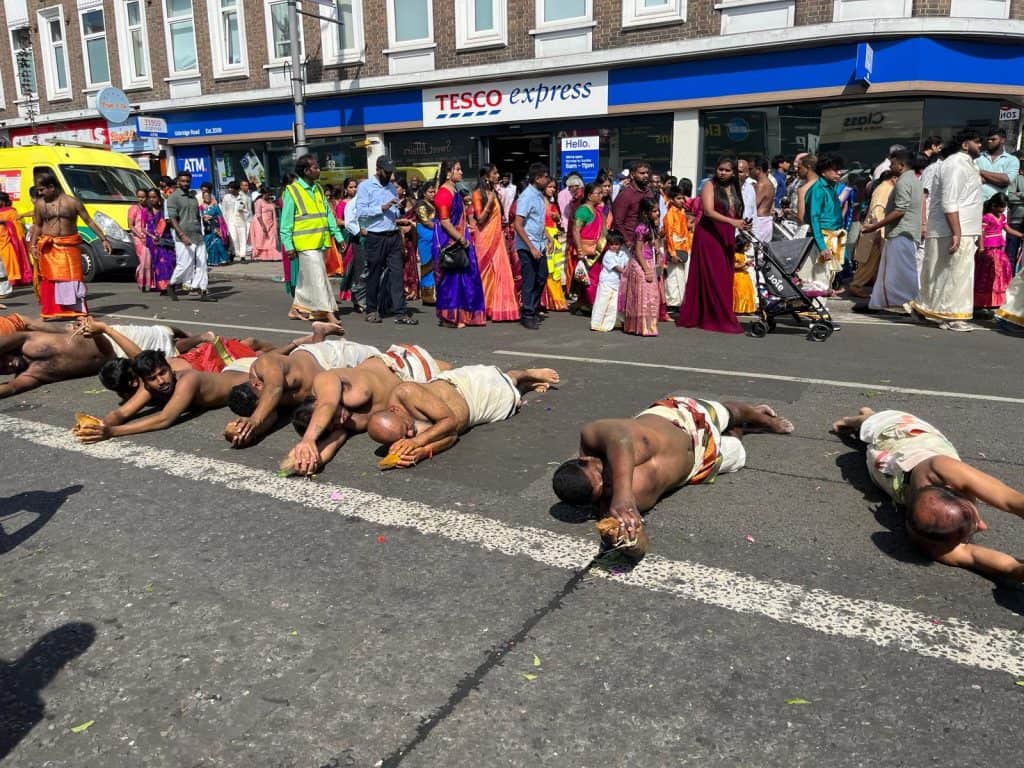
Behind the chariots came dozens of bare-chested men, holding coconuts, who lay prostrate on the Tarmac and rolled their way along the grounds to the temple as a sign of their worship of the gods.
At the end of the festival, the deities returned to the temple, where they were honoured with gifts of sweets, flowers, tealights and incense, with singing and rituals led by priests for hundreds of people who crowded inside.
The whole event was live streamed on YouTube and you can watch it again here and here
